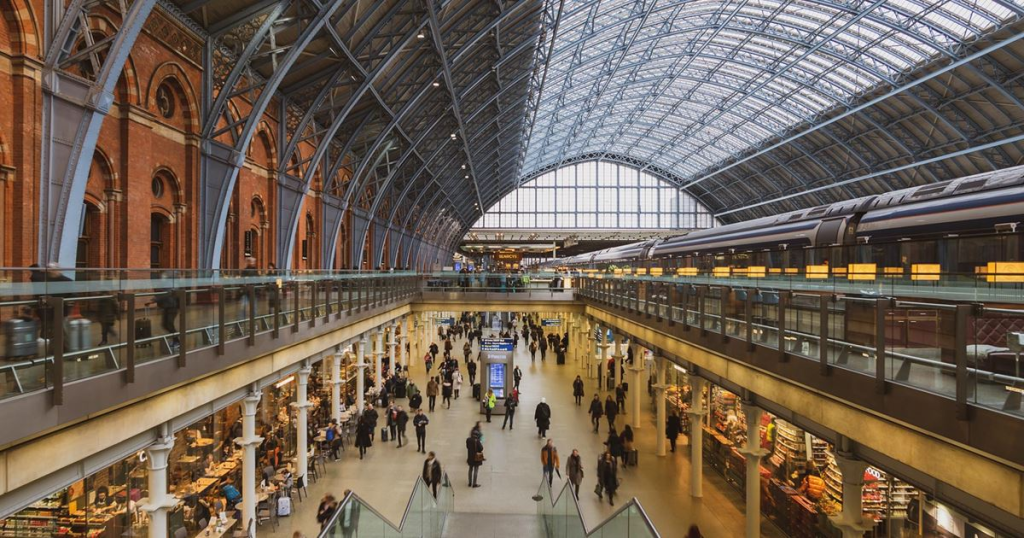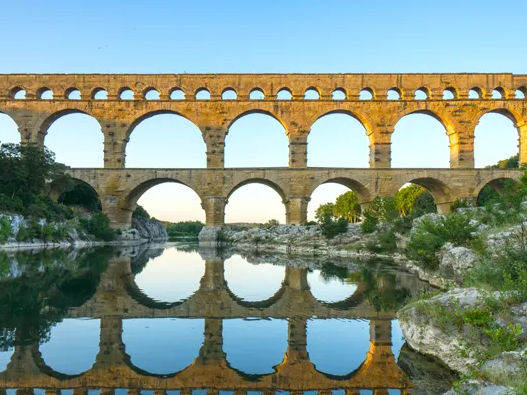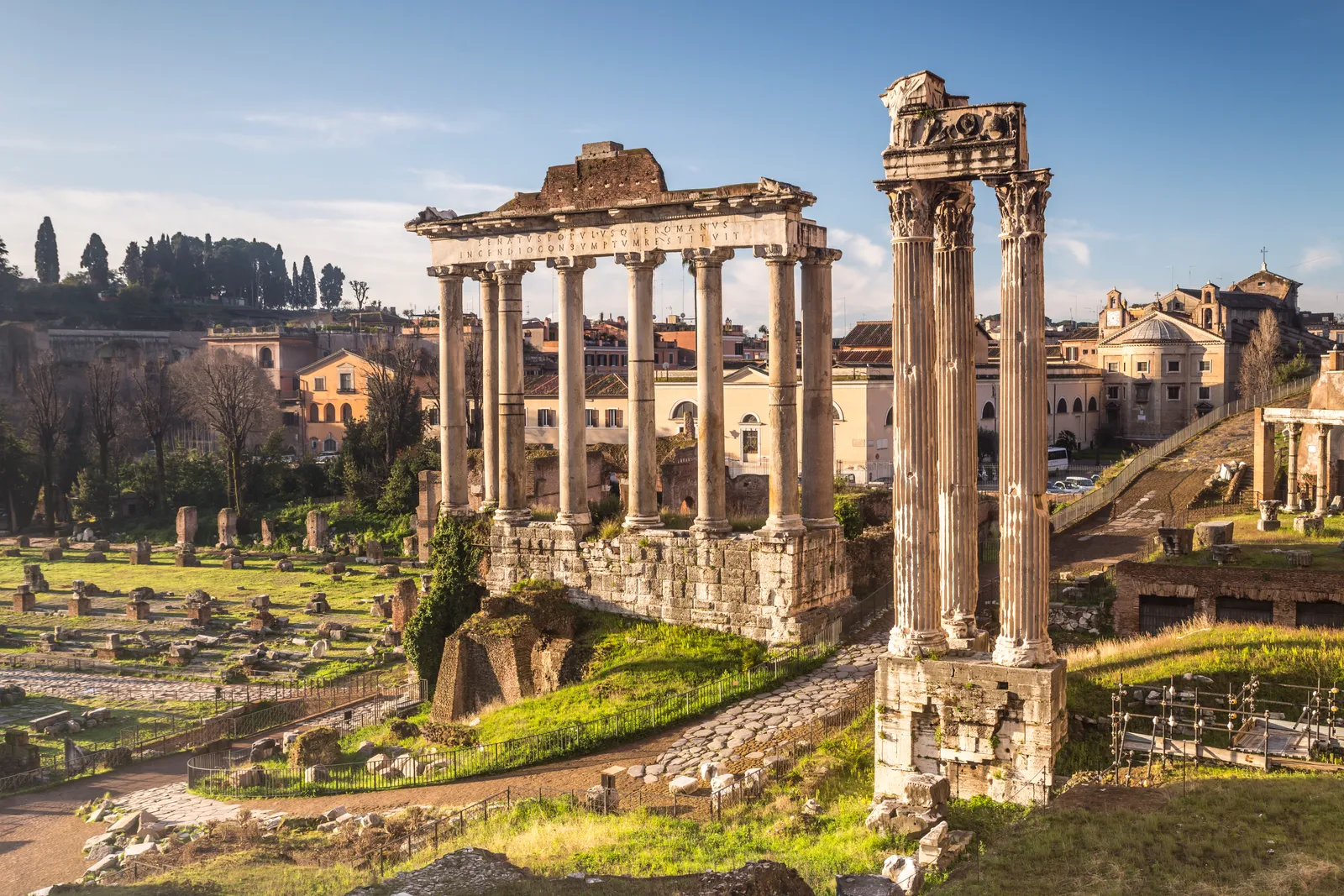Architecture is often described as a mirror of human civilization. One that reflects societal values, technological advancements, and aesthetic preferences. Ancient architecture, particularly from Greek and Roman traditions, has heavily influenced modern design, shaping not only the physical structures we inhabit but also our principles of engineering, beauty, and functionality. From soaring columns to enduring concrete, the legacy of these classical civilizations remains etched in our cities, institutions, and cultural identity. This article explores how ancient architecture has guided modern design, analysing its impact through the lenses of engineering innovation, structural symmetry, material mastery, and functional adaptability
The architectural practices of ancient Greece and Rome were driven by distinct but complementary ideals. Greek architecture emphasized harmony, symmetry, and proportion, reflecting the Hellenic pursuit of ideal beauty. Romans, while influenced by Greek designs, extended these principles to prioritize practicality and engineering. Their combined legacy has provided an enduring template for modern architecture.
Symmetry, a hallmark of ancient Greek architecture, reflects their pursuit of beauty through mathematical order and balance. Central to this is the Golden Ratio, a proportion represented by the number 1.618, where the relationship between two parts is the same as the relationship of the whole to the larger part. This sounds a little confusing but essentially, this ratio is one found in nature and art, this ratio creates a sense of harmony that humans instinctively find pleasing.
The Parthenon in Athens exemplifies the application of the Golden Ratio. Its facade, proportions of columns, and overall structure align with this principle, creating a sense of visual balance. For the Greeks, embedding such ratios in architecture was a way to reflect the divine order of the universe, linking human creation with the cosmos. Alongside symmetry, which ensured mirrored and balanced designs, these principles conveyed stability, rationality, and civic virtue.

In modern architecture, the Golden Ratio continues to influence design. Architects use it in layouts, and proportions to create visually congruous structures. For example, Le Corbusier incorporated it into his Modulor system for human-scale architecture- a universal measuring system used to create a mathematical order and a useful tool for designers, architects, and constructors to create buildings of beautiful proportions. Symmetry, too, remains integral, seen in iconic buildings like the British Museum or urban spaces where balance and proportion are key to aesthetic and functional appeal.
By prioritizing symmetry and proportional harmony, the Greeks established principles that transcend time, influencing the enduring language of architecture today.
Romans revolutionized architecture by combining Greek aesthetics with ground-breaking engineering techniques. Their innovations, particularly in structural integrity and material usage, remain cornerstones of modern construction.
Roman concrete (opus caementicium) was a marvel of its time, offering durability and versatility unmatched by earlier materials. By mixing volcanic ash, lime, and rubble, Romans created a material capable of withstanding immense pressure and adverse weather conditions. Structures like the Pantheon and the Colosseum, which have stood for nearly two millennia, are testaments to the ingenuity of Roman concrete.
Today, concrete is the most widely used construction material worldwide. Modern advancements, such as reinforced concrete, owe their existence to Roman experimentation. The ability to mold concrete into various shapes has enabled contemporary architects to push the boundaries of design, creating structures that are both functional and aesthetically pleasing.
Another Roman innovation with lasting influence is the use of arches and vaults. The arch, with its capacity to distribute weight evenly, allowed Romans to build large, open spaces without compromising structural integrity. The development of barrel and groin vaults further enhanced this capability, enabling the construction of monumental structures like aqueducts and amphitheaters.

Modern architecture frequently employs arches and vaults, not only for their practicality but also for their visual impact. Iconic examples include railway stations like St. Pancras in London and contemporary sports arenas, where these ancient techniques provide both strength and grandeur.
While the Greeks prioritized beauty, the Romans emphasized functionality. Their architectural innovations were not merely artistic; they served practical purposes that catered to public and private needs.

Roman roads and aqueducts epitomize the marriage of functionality and engineering brilliance. The meticulous construction of roads, using layers of stone and gravel, facilitated trade and military efficiency across the vast Roman Empire. Aqueducts, with their precise gradients and use of arches, provided cities with reliable water supplies, setting a standard for urban planning.
Modern infrastructure owes much to these principles. Highways, water distribution systems, and even zoning regulations reflect the Roman approach to designing spaces that prioritize usability and longevity. Cities like Paris and Washington, D.C., with their grid-like layouts and monumental avenues, draw direct inspiration from Roman urban planning.
Romans also pioneered the concept of architecture as a tool for community engagement. Forums, amphitheaters, and bathhouses were designed to foster social interaction, blending utility with cultural enrichment. These ideas resonate in modern civic architecture, from libraries to sports complexes, which aim to create inclusive spaces that serve diverse societal functions.
While the principles of ancient architecture remain relevant, modern architects have adapted them to suit contemporary needs and technologies. This synthesis is evident in various forms:
The Neoclassical movement revived the symmetry, grandeur, and proportionality of ancient Greek and Roman architecture, emphasizing ideals like democracy, strength, and timelessness. While initially used for monumental civic buildings, it has evolved to suit modern needs by blending classical aesthetics with contemporary functionality.
Government structures like the United States Capitol and the Supreme Court exemplify this blend, incorporating classical elements such as domes and columns to convey authority, while integrating modern materials like steel and concrete for durability and practicality. Similarly, museums and libraries adopt Neoclassical designs to evoke cultural significance, but with open-plan interiors, advanced technology, and sustainable features to meet modern demands.
Contemporary residential and commercial architecture also draws from Neoclassical principles. Sleek skyscrapers, for example, use classical proportions and symmetrical facades, reimagined with materials like glass and steel to align with minimalist tastes. This balance ensures that the visual harmony of ancient design endures in modern urban landscapes.
In recent years, the focus has shifted toward sustainable architecture. Modern architects are reinterpreting ancient materials and techniques to minimize environmental impact. For instance, the incorporation of natural ventilation and sunlight, akin to the open designs of Roman forums, aligns with contemporary goals of energy efficiency.
Additionally, innovations in concrete, such as self-healing and carbon-absorbing varieties, echo Roman ingenuity while addressing modern challenges. These advancements demonstrate how ancient ideas can evolve to meet the demands of a changing world.
The influence of ancient architecture extends beyond aesthetics and engineering; it embodies philosophical and cultural values. Greek symmetry represents the pursuit of perfection, while Roman practicality underscores the importance of adaptability and resilience. Together, these traditions have shaped a global architectural language that continues to evolve.
Modern architects not only draw from ancient principles but also reinterpret them to reflect contemporary ideals. From skyscrapers that echo the proportions of ancient temples to sustainable materials inspired by Roman innovation, the legacy of classical architecture remains a vital part of our built environment.
As we continue to face new challenges—climate change, urbanization, and technological shifts—the lessons of ancient architecture remain as relevant as ever. By blending timeless principles with modern innovation, architects can create structures that are not only functional and sustainable but also imbued with the enduring elegance of the past.
In the words of Sir Christopher Wren, the renowned architect of St. Paul’s Cathedral, “Architecture aims at eternity.” Through its ancient roots, modern design achieves just that—a testament to the enduring influence of Greek and Roman ingenuity.

The Chain Reaction of Us
our story is made of chain reactions – we are just the sum of tiny miracles pretending to be[…]

FIGuring Life Out
Looking at Sylvia Plath’s Fig Tree: On Choice, Possibility, and Growing Into Who We Are I turned eighteen recently,[…]

The F-Word We’re Afraid To Say
WHY ARE WE SO SCARED OF THE WORD “FEMINIST”? There’s a strange, bitter irony in the fact that a[…]


No responses yet